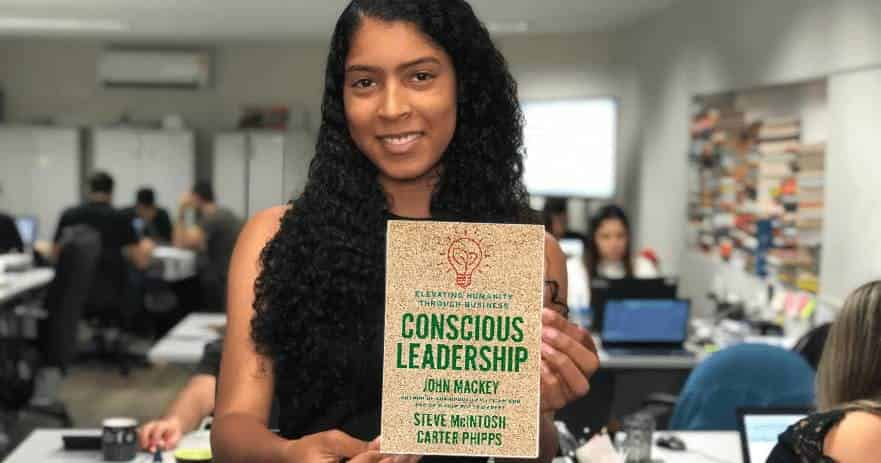
Conscious Leadership - John Mackey, Steve McIntosh, Carter Phipps
Learn in this summary how the experiences of the author of Conscious Capitalism and CEO of Whole Foods allowed him to step out of the conventional and think more about his stakeholders.
Choose language:
